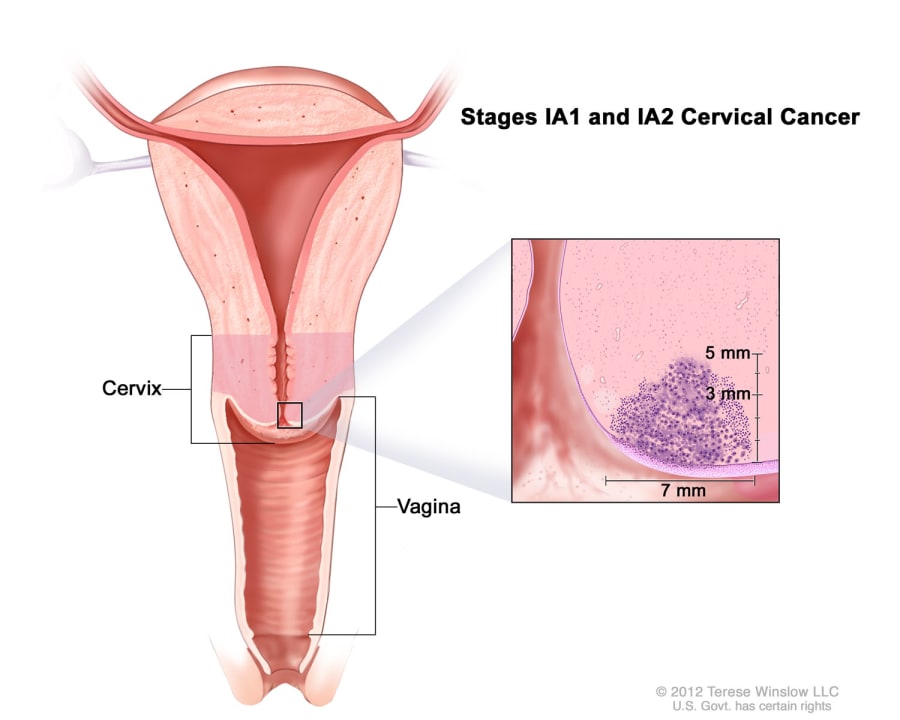In years past, women were told to get annual pap smears - the test that looks for abnormal cells from the cervix that could indicate cancer.
More recently, the guidelines changed pap smears to every three years or even as far apart as five years if it was also done with a test looking for HPV, the virus that causes over 90% of cervical cancer.
For those unfamiliar, cervical cancer is cancer of the cell in the cervix, which is the lowest part of a woman’s uterus.
Early stages of cervical cancer don’t usually involve symptoms and can be hard to detect -- making routine pap smears extremely important.
The tests can help identify any abnormal cells. However, when symptoms do occur, they can include bleeding after sex, pelvic pain and vaginal discharge that contains blood.
Cervical cancer is preventable and is often the result of HPV - a sexually transmitted infection.

According to the CDC, there were about 43 million HPV infections reported among people, mostly in their late teens and early 20s, in 2018. About 2 in 5 people is estimated to have HPV.
So testing for HPV is equally important. The same goes for the HPV vaccine; men and women between the ages of 11 and 45 are eligible for that.
The steepest annual rise in new cases of cervical cancer was seen in white women who are significantly less to have had the HPC vaccine or to be screened. But overall black women, especially those in their mid to late 50s, have disproportionately higher rates of cervical cancer.
Below is a map of the cervical cancer rates in 2019 from the CDC.
17% of diagnosed women at the late stage of cervical cancer will survive five years, compared to 92% who survive when it hasn’t spread to that degree.

